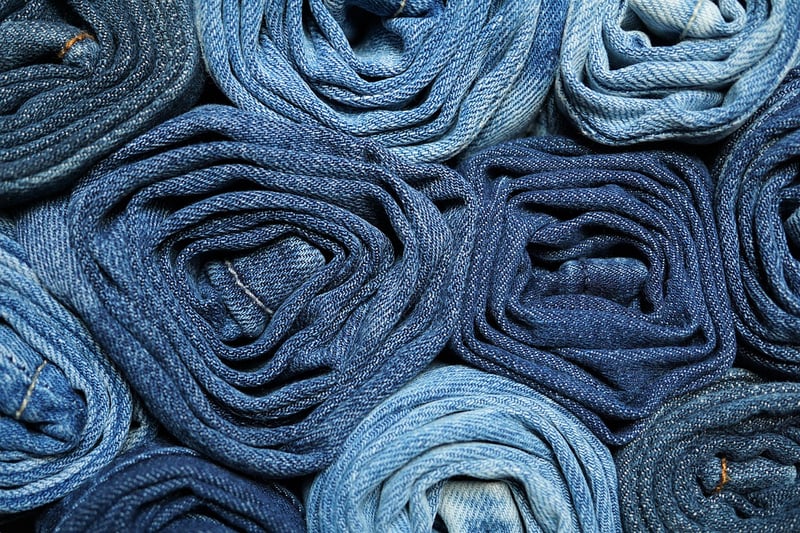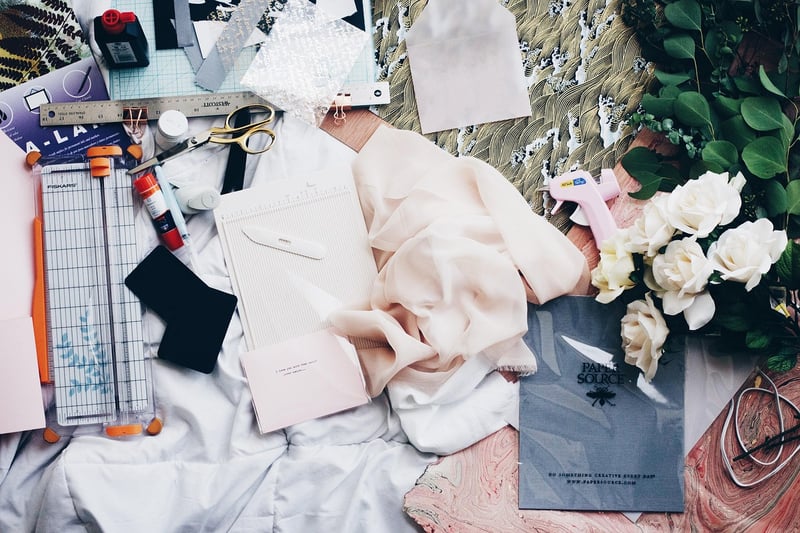Fashion Renewal Projects
Revamping Your Wardrobe Sustainably: Fashion Renewal Projects
In a world where fast fashion dominates the industry, it's essential to consider sustainable alternatives when revamping your wardrobe. Fashion renewal projects offer a unique and eco-friendly approach to updating your style while reducing waste and supporting ethical practices. By participating in these projects, you not only enhance your fashion sense but also contribute to a more sustainable future for the planet.
The Benefits of Fashion Renewal Projects
1. Environmental Impact: Fashion renewal projects help reduce the carbon footprint of the fashion industry by promoting the reuse and recycling of clothing items.
2. Unique Style: By upcycling or repurposing old garments, you can create one-of-a-kind pieces that reflect your personal style and creativity.
3. Cost-Effective: Revamping your wardrobe through fashion renewal projects is often more budget-friendly than purchasing new clothes, saving you money in the long run.
4. Supporting Ethical Practices: By engaging in sustainable fashion practices, you support ethical production methods and fair labor conditions in the industry.
How to Get Started
- Explore Your Wardrobe: Begin by assessing your current wardrobe and identifying items that can be repurposed or upcycled.
- Get Inspired: Look for DIY fashion ideas online, attend workshops, or join community events focused on sustainable fashion.
- Start Small: Begin with simple projects like embellishing old jeans, transforming a t-shirt into a tote bag, or revamping accessories with new embellishments.
- Collaborate: Connect with local artisans, designers, or fashion enthusiasts to exchange ideas, materials, and skills for your fashion renewal projects.
- Document and Share: Capture your fashion renewal journey through photos or videos and share them on social media platforms to inspire others to join the movement.
Examples of Fashion Renewal Projects
1. Denim Upcycling: Turn old denim jeans into stylish skirts, bags, or jackets by adding patches, embroidery, or distressing techniques.

2. Accessory Revamp: Give new life to old accessories like scarves, belts, or jewelry by mixing and matching them with different outfits or adding embellishments.

3. Swap Party: Organize a clothing swap event with friends or local community members to exchange preloved garments and refresh your wardrobe without spending a dime.

By embracing fashion renewal projects and incorporating sustainable practices into your wardrobe revamp journey, you can make a positive impact on the environment and elevate your style with a unique and ethical approach.
Join the movement towards a more sustainable fashion industry today!
